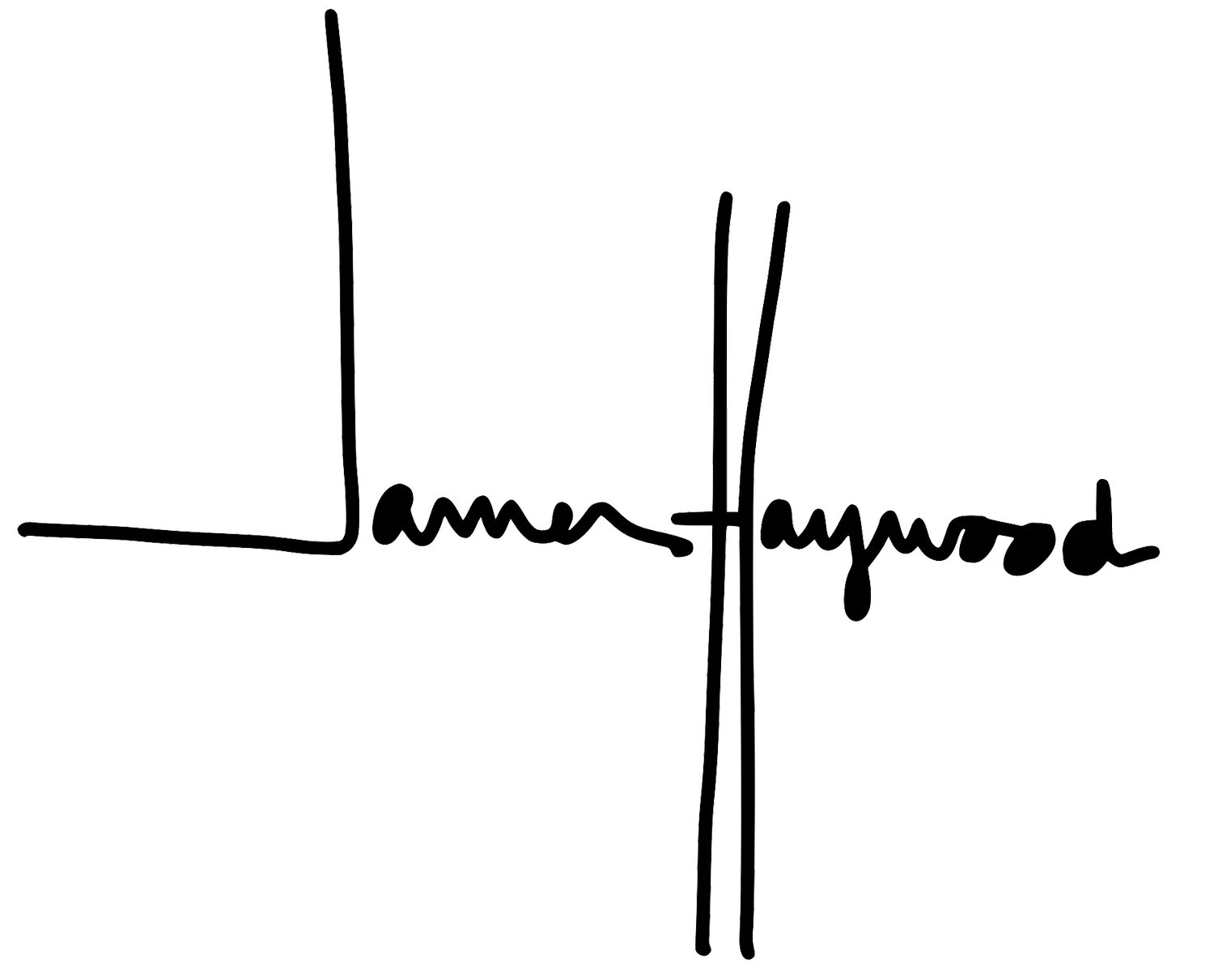Why look for alternatives to conventional cement?
It is now widely understood that the production of concrete exacts a heavy toll on the environment. While sand and gravel, the aggregate components, contribute to biodiversity loss, cement production is responsible for a staggering 85% of CO2 emissions within the concrete industry.
Cement emits approximately 1.2 tons of CO2 per cubic meter produced, a figure overall greater the combined emissions of the aviation and shipping sectors.
The durability of conventional concrete has also come into question, with many structures under a century old exhibiting signs of deterioration, often attributed to steel reinforcement expansion.
Concrete itself isn't inherently harmful, but its ingredients and formulations need reevaluating.

Alternatives to conventional concrete are being explored, with a focus on reducing carbon emissions and enhancing durability.
One well-known approach involves replacing cement with industrial by-products like slag or fly ash. But these materials are in declining supply. Increasingly, calcinated clay and limestone are being substituted to cement, offering comparable mechanical properties while reducing CO2 emissions by about 30%.
A more innovative direction is geopolymer cement, which has the potential to replace up to 100% of Portland clinker in cement mixes. These materials, activated by alkaline solutions, offer a hardened binder composed of aluminosilicate phases, in other words presenting similar properties to Portland cement but with lower environmental impact, as there is no carbonation. While still in the early stages of development, low-calcium geopolymer cements based on natural resources show promise in significantly reducing global concrete emissions.
Magnesium-based cements represent another interesting avenue, offering lower carbon emissions and enhanced durability compared to ordinary Portland cement (OPC). These cements can achieve CO2 emission reductions ranging from 50% to 80% and have the potential to actively remove CO2 from the atmosphere through carbon sequestration during the curing process. Magnesium-based cements can be more expensive than traditional cement due to the higher cost of magnesium oxide as a raw material. Furthermore, the long-term performance and durability of magnesium-based cements in various environmental conditions still require further research and testing to ensure their suitability for widespread use in construction applications.
Biocement, leveraging microbial-induced calcium carbonate precipitation, presents a unique opportunity to actively remove CO2 from the atmosphere while binding soil particles. Biocement is the result of a carefully monitored process and thus it will probably remain in the prefab section for a while, but it sure is encouraging.

Most encouragingly perhaps, French researchers have developed a method to replicate the natural stone creation process, reducing it to hours or even minutes. This technique involves combining natural components and mineral reactants in water (such as seawater) with various fillers (mineral, plant-based, waste-derived, etc.) to produce a stone paste that can be molded, extruded, or coated. The resulting stones are robust, durable, inert, and non-combustible, making them suitable for applications in construction, interior design, medicine, aerospace, and automotive industries. The process boasts a very low carbon footprint, as it does not involve carbonation or high-temperature firing, relying solely on natural chemical reactions without petrochemical products or hydraulic binders. Furthermore, these stones are infinitely recyclable, capable of returning to the earth or being reused as fillers in new products.
Another French innovation, inspired by diagenesis (the natural formation of sedimentary rocks), solidifies marine sediments without the need for high-temperature firing. This method significantly reduces energy consumption and CO2 emissions, producing 4 to 5 times fewer emissions than traditional clay production. The resulting material is entirely mineral and marine-based, offering a sustainable and eco-friendly alternative for various applications in the construction and design industries.


